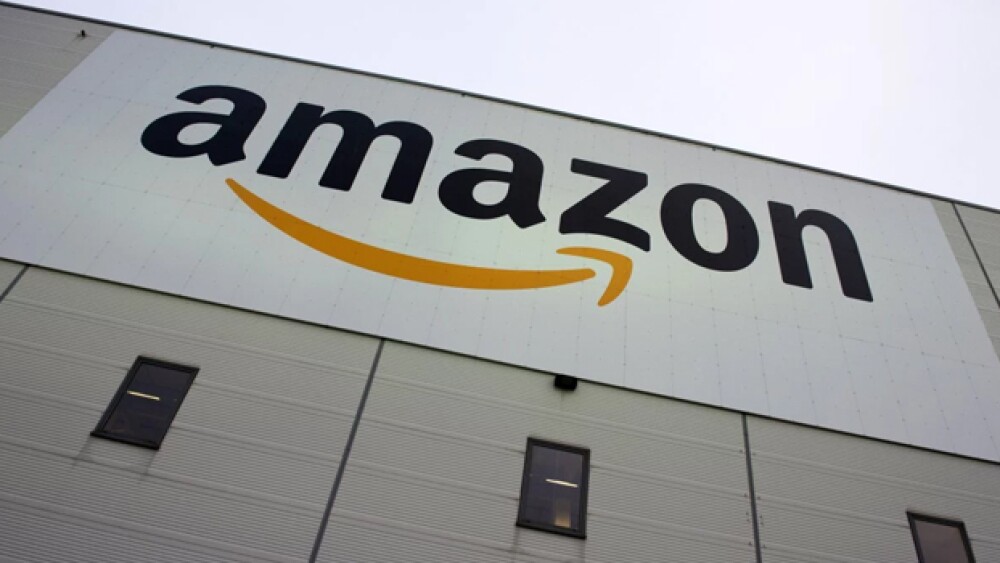Speculation has increased that Amazon might enter the pharmacy market after it conducted high-level talks with generic drug companies Mylan and Sandoz, a division of Novartis.
Speculation has increased that Amazon might enter the pharmacy market after it conducted high-level talks with generic drug companies Mylan and Sandoz, a division of Novartis.
In mid-August, Goldman Sachs published a 30-page report on how Amazon could break into the prescription drug market. It was written by five analysts, and at the time noted that Amazon had not explicitly stated it was interested in entering the prescription drug market. It had developed the secretive 1492 group, which was reportedly working on medical devices. It had also hired Missy Krasner, former vice president and managing director of Box’s healthcare and life sciences group to head its pharmacy group.
Investment bank Leerink wrote in a note to investors yesterday that Peter Goldschmidt, Sandoz US’s president and head of North America, “met and discussed with Amazon its plans for getting into the U.S. healthcare market,” at the Forbes Healthcare Summit on Wednesday.
Drug distribution in the U.S. is dominated by McKesson, AmerisourceBergen and Cardinal Health. There is some appeal to the idea of Amazon potentially getting into the pharmacy and drug-delivery business because of its ability, in theory at least, to buy in bulk and get better pricing on drugs. But many suspect Amazon will ultimately stay out of the drug business because of its regulatory hurdles.
“I believe that they will not come in an industry so complicated as our industry,” Stefano Pessina, chief executive officer of Walgreens Boots Alliance, told CNBC. “I believe in the end they will use their technology in a different way.”
That may just be wishful thinking on the part of a stakeholder not interested in more competition or the often-disruptive nature of Amazon’s presence in any given market.
The Goldman Sachs reported provided five key points.
- Amazon should start by partnering with pharmacy benefits managers (PBM). They act as liaisons between payers and the rest of the healthcare system. This, the report said, would give Amazon “access to patient data and the potential to cross-sell related products.”
- The first thing Amazon’s presence in the prescription market would likely do is speed drug delivery and at-home delivery. That potentially could lead to improved price transparency and reduced out-of-pocket drug costs.
- The company could become an online pharmacy, retail and online pharmacy, or a combination of things such as an integrated PBM and online pharmacy, or just work on distribution.
- A particular challenge to Amazon is demographics. Amazon’s customers skew younger and healthier than the age group that takes the most prescription drugs.
- The report notes that Amazon could push the use of the Echo in clinical settings. “Imagine seeing a virtual doctor on your Amazon app, having it prescribe you a certain medication, and then tapping a ‘buy now’ button—all without leaving your home,” the report states.
Lorrie Carr, chief commercial officer of ZappRx, and previous divisional vice president of enterprise specialty sales and product management at Walgreens, told MedCityNews in August that there appeared to be two schools of thought when it comes to Amazon and healthcare. “One is that Amazon may displace current pharmacies given their technological capabilities and connection to consumers. The other is that the pharmacy environment is too complex for them to be as disruptive as they’ve been in other industries. Selling to consumers is very different from selling to patients, in terms of the regulatory environment and the complexities of ‘who pays for what.’”





